None of us wanted to be the bass player...In our minds, it was the fat guy in the group who nearly always played the bass, and he stood at the back.
Paul McCartney
Since its creation, the bass has been widely misunderstood. Although this four-string instrument keeps time and can guide the entire band, it doesn't get as much attention as the guitar or the drums. Even Paul McCartney — one of the most famous bass players in history — admitted that he didn't want to be the bass player at first. Luckily, he and other legendary musicians like Metallica's Cliff Burton, the Red Hot Chili Peppers' Flee, and Esperanza Spalding, have changed people's perceptions of this essential instrument. It may not yet be as popular as the guitar, but no one who knows about music can ignore the bass player's importance in a band.
If you're interested in learning how to play the bass, here's a brief history of the instrument to get you excited about it.
15th century
The double bass emerges in Europe
The instrument is a precursor of the bass and is played around the world for centuries.
1920s
Traveling musicians struggle with the double bass
They wanted an instrument that was lighter, easier to carry, and louder.
1930s
Paul Tutmarc creates the first electric bass
The Model 736 Bass Fiddle was smaller and had a short-scale neck.
1950s
Leo Fender creates the Precision Bass
Released in 1951, it was the first widely adopted electric bass.
1960s
The bass grows in popularity
Companies release new models like the Fender Jazz Bass and the Rickenbacker 4001.
1970s
The acoustic bass is invented
Looking for softer sounds and a companion to the acoustic guitar, Ernie Ball manufactures the first widespread acoustic guitar.
1980s-present
The bass is updated
Innovation has created new subcategories of the bass, leading to new sounds.

Precursors of the Bass Guitar
Instruments that are similar to the modern bass exist around the world, from the Moroccan guembri, to the Mexican guitarrón, but the instrument's main precursor is the double bass. Invented in 15th-century Europe, the double bass is tuned to E, A, D, and G, and can be played with fingers, just like the modern bass. However, it's decidedly bigger and heavier, and has to be played vertically. It's also sometimes played with a bow, which is never the case with the bass as we know it now.
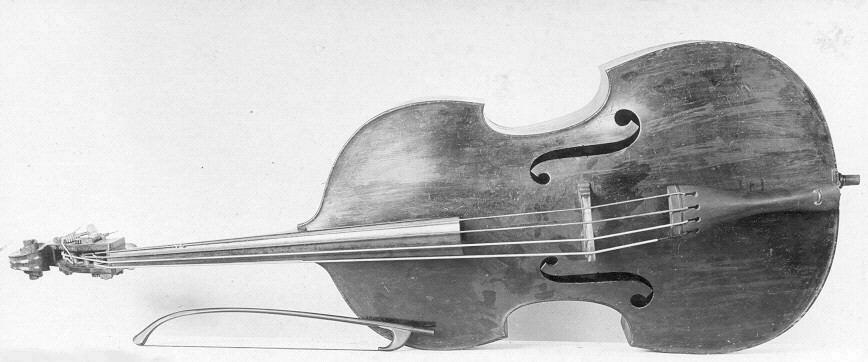
The double bass became one of the main instruments of the Jazz Age, providing a deep tone that added complexity to arrangements. Despite its importance, players often complained that the instrument was too large and heavy, making it impractical to play in the street or to travel from town to town. There wasn't anything (yet) that could replace it, so they mostly had to accept the discomfort with resignation.
The electric guitar was invented in the 1930s, which eventually lead to the creation of many other electric instruments, including the bass.
At the same time, there was another issue that affected everyone in the band: competition. As jazz bands took to the streets to bid for attention, they often drowned each other out. Changes in music taste and bigger venues also called for louder sounds. This frustration led to the invention of the first electric guitar in the early 1930s. Although the new sound was exciting, it overpowered the double bass players, which simply couldn't compete with the volume of the amplified electric guitar. It was clear that the double bass also needed a modern update.
The Invention of the Bass
Inspired by the guitar's transformation, American musician Paul Tutmarc began experimenting with prototypes for other electric instruments. Sources contradict each other on the exact year, but at some point between 1933 and 1936, Tutmarc invented what is considered the first electric bass. Known as the Model 736 Bass Fiddle, the prototype was played vertically like a double bass but had a short-scale neck. It was also smaller, making it easier for musicians to take it from gig to gig. Though Tutmarc was clearly on the right track, his invention didn't get too much attention at the beginning, which is why he doesn't always get credit for his contribution to music.
Of course, Tutmarc was not the only person who thought about making an electric alternative to the ground base. Throughout the 1930s and '40s, more prototypes were made, but the biggest turning point for the instrument came about when Leo Fender launched the Precision Bass (also called the P-Bass) in 1951.
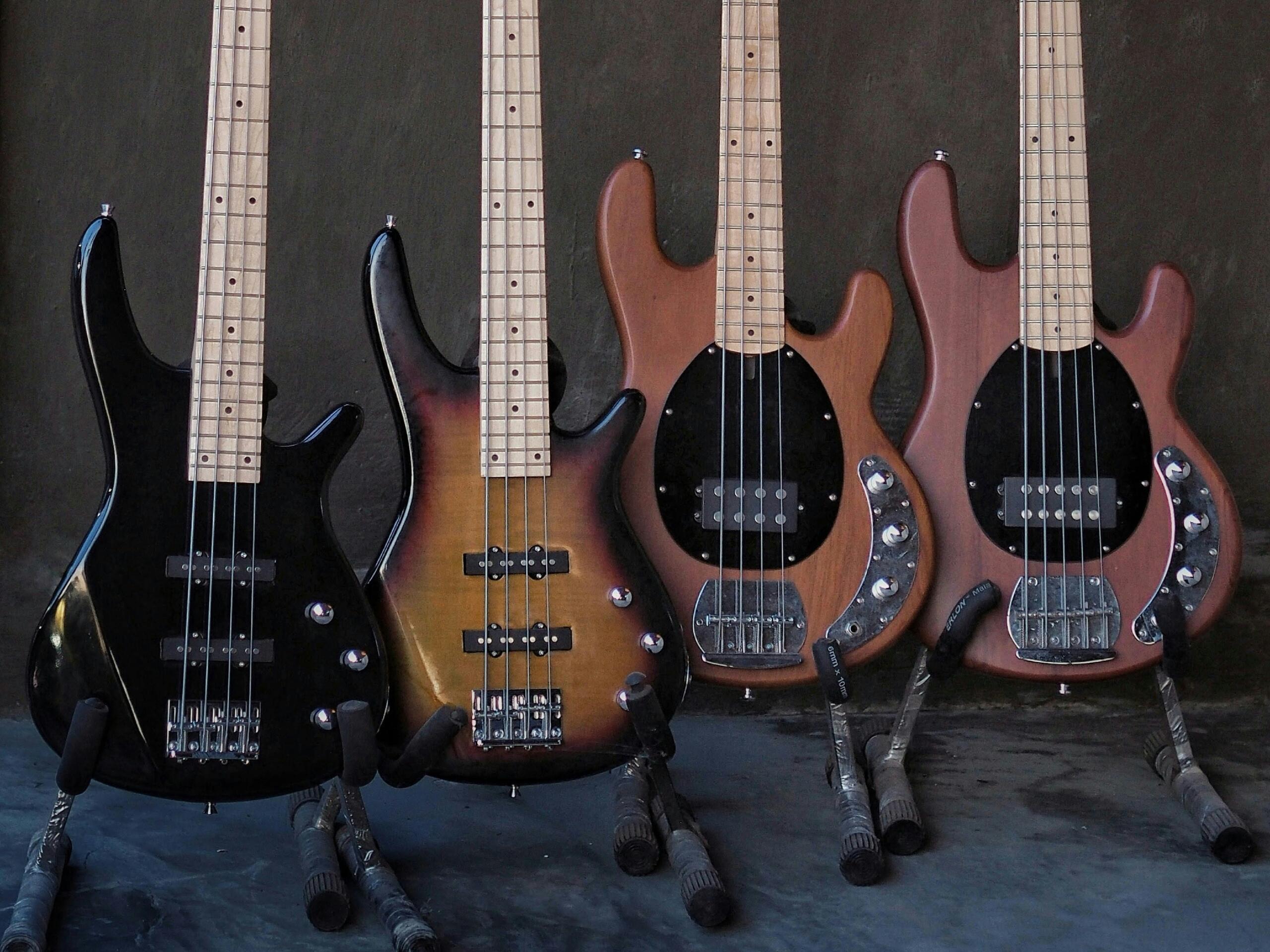
This model was the same size of a guitar, included frets, and was played horizontally. Its sound was also perfect for new genres like soul and rock & roll, which wanted to differentiate their music from that of older genres. Once popular music groups like Lionel Hampton's band adopted the P-Bass, the model's popularity exploded. It quickly became the first electric guitar to be widely distributed, and can be credited with bringing the instrument to the masses.

Bass Guitars Go Mainstream
The 1950s proved that the bass had a place in modern genres. Younger people were ever more eager to shed anything that related to their parents, creating a cultural revolution that heavily influenced music while simultaneously fueling experimentation and creativity. Bands that used the electric bass had a sound that felt new and modern, so demand for the instrument quickly rose.
Popularity brought with it a variety of newer models. In 1961, Rickenbacker released its 4001 model in 1961, whose most famous adopter is none other than Paul McCartney.
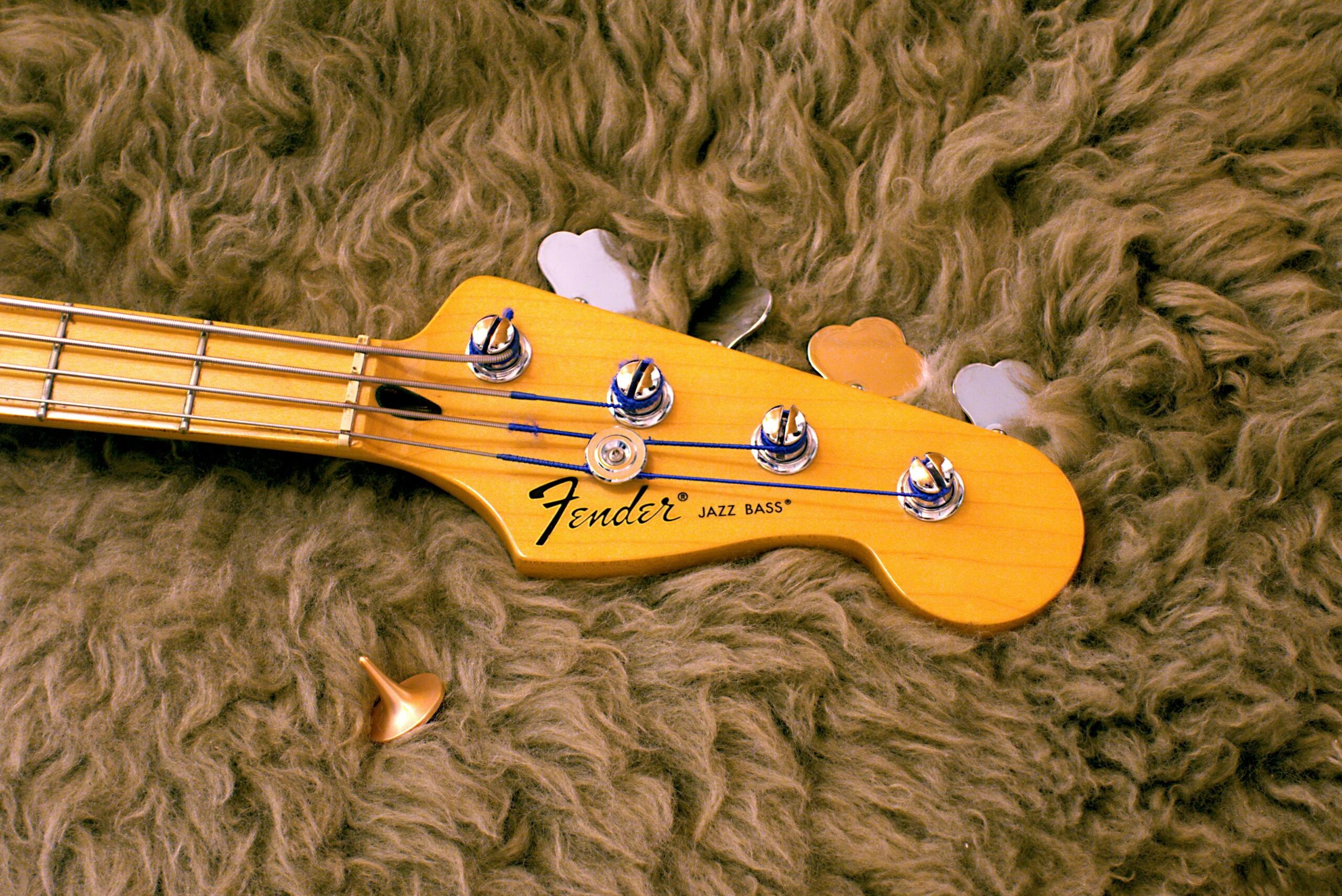
The Jazz Bass was also released around this time, sporting ground-breaking updates like two pickups and a thinner neck. Its fresh sound was a hit, winning the famous of some of the greatest bassists of all time, like Marcus Miller and Jaco Pastorius.
During this decade, the electric base earned its place in rock music. No band or concert that was worth listening to would be without a bass player. Manufacturers like Music Man, BC Rich, and Warwick were founded during this decade to fulfill the ever growing demand for rock instruments like the bass. Since there were now many models to choose from, each studio and group used the model that best fit their sound, which gave the decade a wonderful diversity of styles, even within the same genres.
Still, the P-Bass continued to enjoy popularity, and was used during this decade in iconic songs like "Ain't No Mountain High Enough." Though the song is performed by Marvin Gaye and Tammi Terrell, its bassist James Jamerson of Motown Records is highly praised for his incredible contribution to the unforgettable tune.
Going Back to Bass Guitar Basics
Most people assume that acoustic instruments always came before electric, but the bass flips this assumption on its head. Although it was created as an update to acoustic instruments (particularly the ground bass), the electric bass was a different instrument and had no acoustic counterpart available in the United States until the early 1970s. Ernie Ball, a Californian instrument company, is often credited for manufacturing the first widely used acoustic guitars in the country. Bands who included an acoustic guitar in their music wanted to play some of the newer genres, but if they used an electric bass, it would overpower the rest of the instruments. The solution was to make an acoustic version that fit the demand for a smoother, warmer sound.
The never ending quest for differentiation also led some bassists to look to the past. During this decade, many went pack to fretless basses because it allows for rounder tones, smoother slides, and distinct vibratos. Perhaps the most famous adopter of this revived model was Jaco Pastorius, who preferred fretless basses when playing with bands or as a soloist.
In 1974, experimentation led to the creation of the six-string bass. Bassist Anthony Jackson asked the luthier Carl Thomson to make him one so he could play even deeper sounds, a fourth below the low E. The professional luthier added a low B string. He nicknamed this instrument the “Contrabass.”
Changes to the Bass Guitar in the 1980s and Beyond
The digital age emerged in the middle of the 20th century, and helped create new musical styles that continued to use electric guitars and basses. The 1980s saw the rise of extended range bass models that had five, six, and even eight strings. Metal music, funk, and jazz turned to five and six-string basses to make their distinct sound.
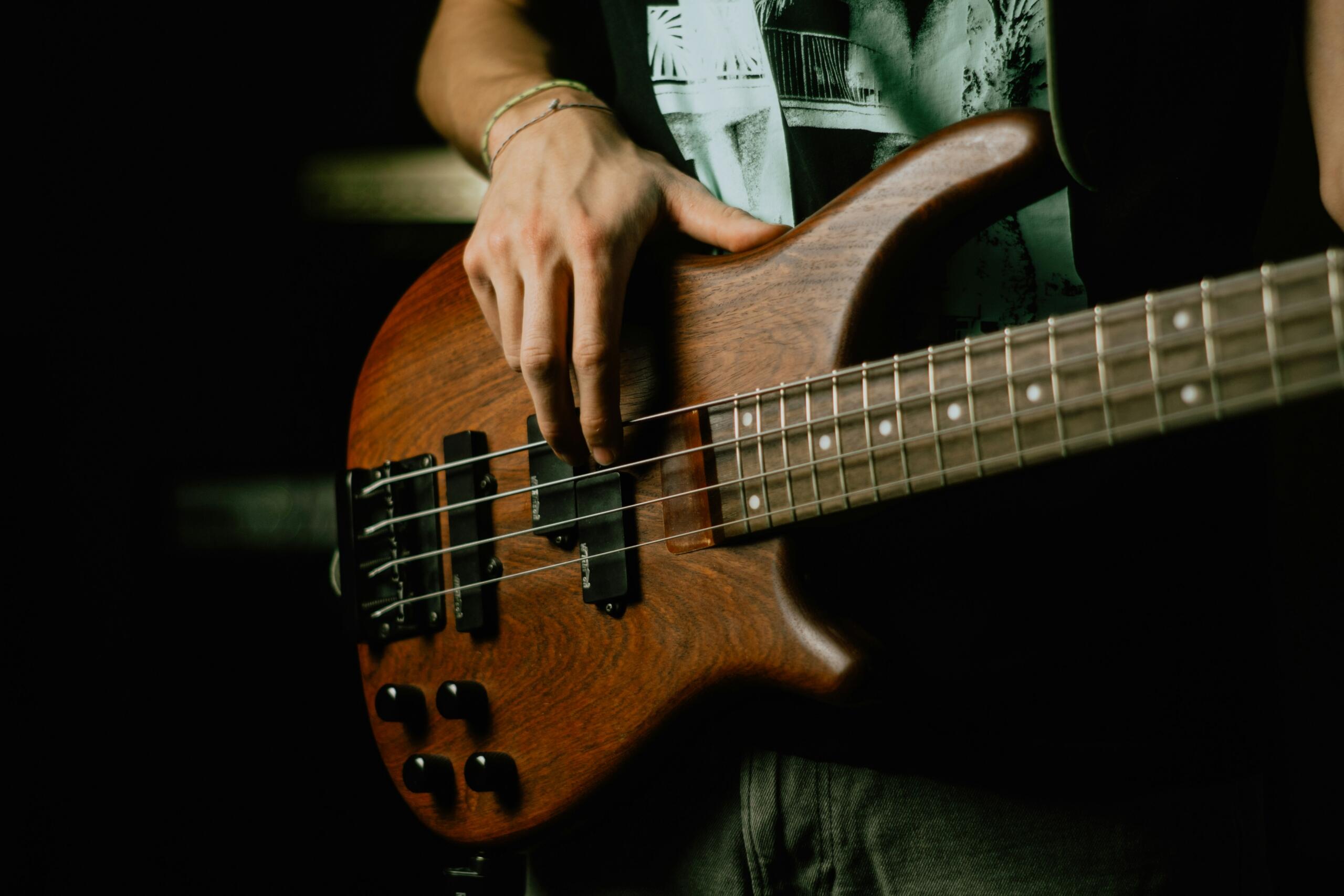
Looking to meet the demand for individuality in music, manufacturers experimented with different materials and neck shapes, eventually leading to new types of pickups, and tone dials, improved nuts, and louder volumes. Some basses were tuned an octave lower than was standard. This frenzy for innovation was clearly fruitful, as some of the top bass lines in history happened during this decade, including the one that can be heard in David Bowie and Queen's iconic "Under Pressure."
From the 1990s until now, the bass has continued to grow and evolve. Rock bands have never stopped using it, but the instrument also plays a major role in songs from modern genres like pop, hip hop, and reggaeton. Even electronic music often samples existing lines, and synthesized forms of the instrument is key to genres like drum and bass, and future bass.
Electric
Acoustic
Fretless
Extended Range
Without all the innovators who dared to experiment with prototypes, we might have never gotten the bass, and many of our most beloved music genres wouldn't exist as we know them.
Learning to Play the Bass Guitar
Now that you know more about the bass and the important role bassists play in creating incredible songs, you should consider taking tutorials from one of the many talented bass tutors on Superprof. They can offer you one of the three main types of bass tutorials.
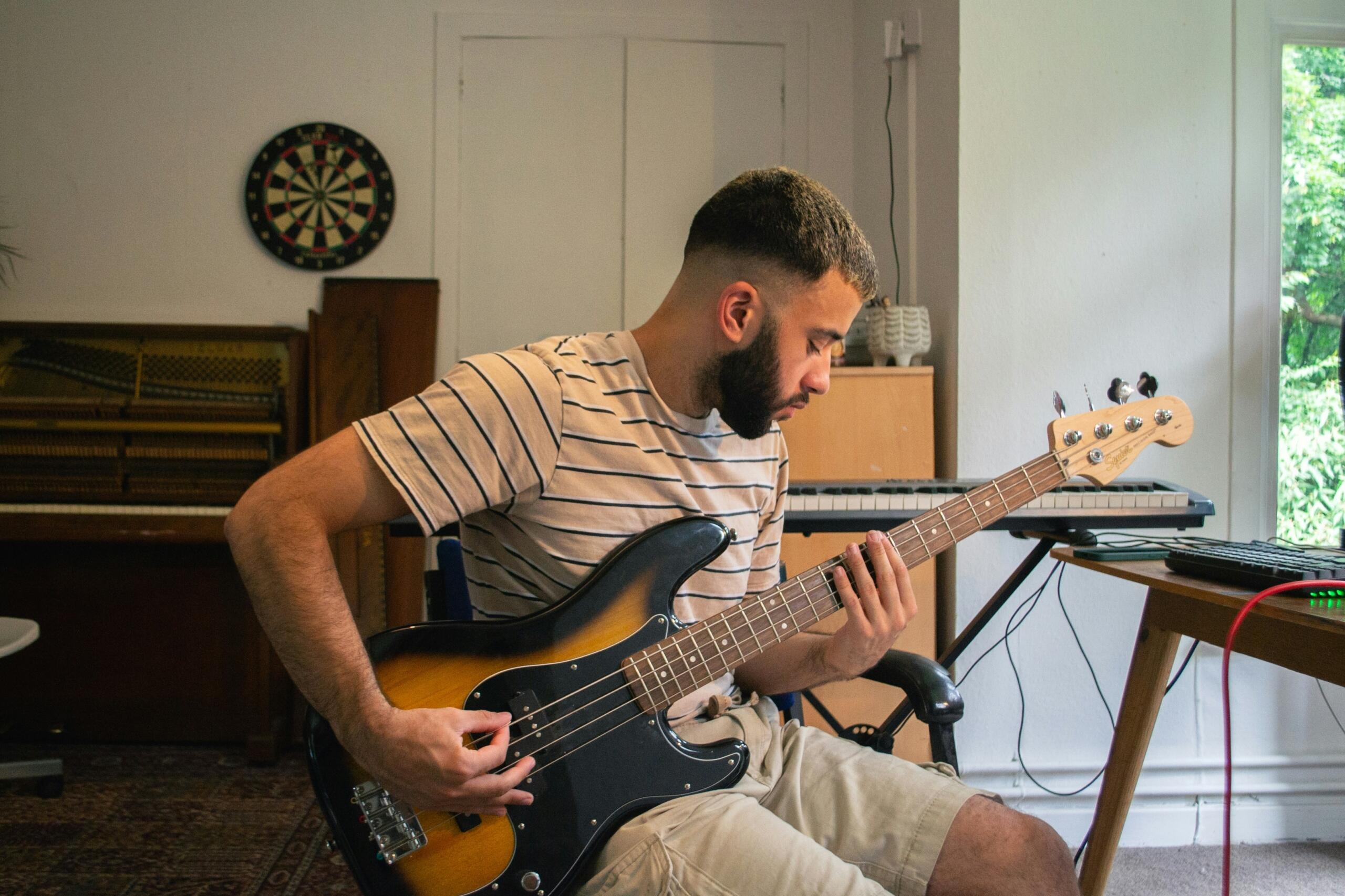
You can choose between face-to-face private tutorials, which will let you practice your skills in an individual setting. If this option is too costly for you, online tutorials are also available. They'll still be private, but you won't get to be in the same room as your instructor. These type of classes are great for individual practice or if you're interested in a tutor who is not in your area. Finally, you can join a group tutorial. You'll usually pay less, and might get the chance to meet people with similar interests, though the teacher's attention will be divided between several students.
Whichever option you choose, you won't regret learning how to play an instrument, which has been shown to improve several cognitive functions and benefit the brain.
Start playing today with Superprof! 🎸🎵
















Originally a lead guitarist, I picked up the bass as we were auditioning drummers in the mid 70’s for a band we were putting together (we didn’t have a bassist); never looked back
Thank you for the history..
When did you publish this article
Hello Nava! This article was originally published on January 30, 2020.